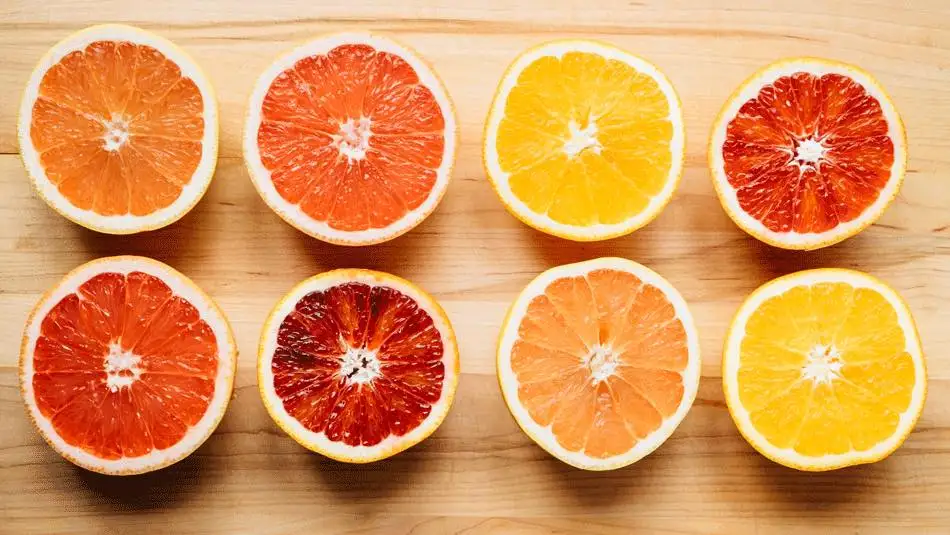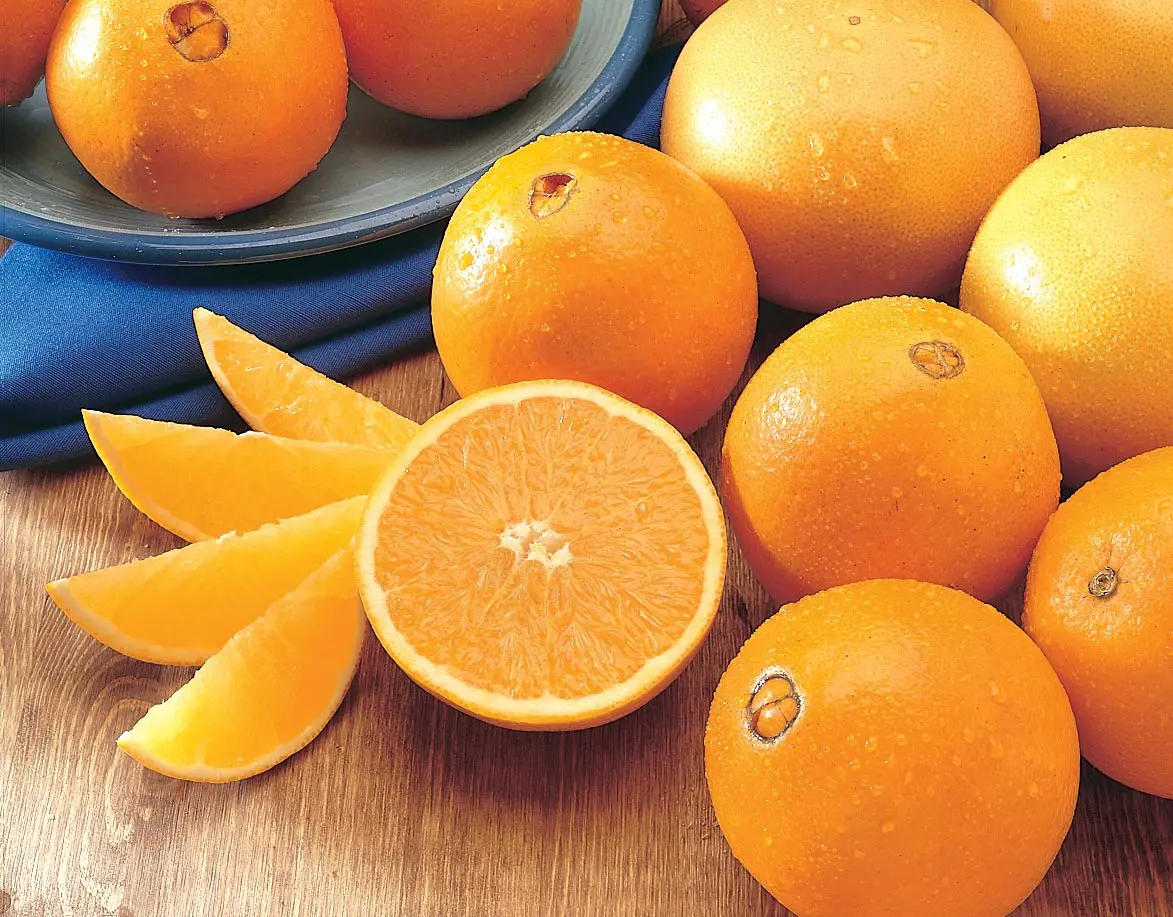Описание и отзывы
Трекер стоимости
| Месяц | Минимальная цена | Макс. стоимость |
|---|---|---|
| Sep-19-2025 | 869.22 $* | 912.57 $* |
| Aug-19-2025 | 861.16 $* | 904.45 $* |
| Jul-19-2025 | 723.51 $* | 759.72 $* |
| Jun-19-2025 | 847.78 $* | 889.76 $* |
| May-19-2025 | 737.70 $* | 774.77 $* |
| Apr-19-2025 | 832.69 $* | 874.47 $* |
| Mar-19-2025 | 825.79 $* | 866.5 $* |
| Feb-19-2025 | 818.39 $* | 859.38 $* |
| Jan-19-2025 | 810.20 $* | 851.98 $* |
Характеристики
Types of fruit
Fruit is the sweet, fleshy, edible part of a plant. It generally contains seeds. Fruits are usually eaten raw, although some varieties can be cooked. They come in a wide variety of colours, shapes and flavours. Common types of fruits that are readily available include:
- apples and pears
- citrus – oranges, grapefruits, mandarins and limes
- stone fruit – nectarines, apricots, peaches and plums
- tropical and exotic – bananas and mangoes
- berries – strawberries, raspberries, blueberries, kiwifruit and passionfruit
- melons – watermelons, rockmelons and honeydew melons
- tomatoes and avocados.
Types of vegetables
Vegetables are available in many varieties and can be classified into biological groups or ‘families’, including:
- leafy green – lettuce, spinach and silverbeet
- cruciferous – cabbage, cauliflower, Brussels sprouts and broccoli
- marrow – pumpkin, cucumber and zucchini
- root – potato, sweet potato and yam
- edible plant stem – celery and asparagus
- allium – onion, garlic and shallot.
Legumes
Legumes or pulses contain nutrients that are especially valuable. Legumes need to be cooked before they are eaten – this improves their nutritional quality, aids digestion and eliminates any harmful toxins. Legumes come in many forms including:
- soy products – tofu (bean curd) and soybeans
- legume flours – chickpea flour (besan), lentil flour and soy flour
- dried beans and peas – haricot beans, red kidney beans, chickpeas and lentils
- fresh beans and peas – green peas, green beans, butter beans, broad beans and snow peas.
Selecting fruits and vegetables
To maximise nutrients and appeal, buy and serve different types of fruit and vegetables. Try to buy fruits and vegetables that are in season, and choose for freshness and quality. You should:
- Eat with the seasons – this is nature’s way of making sure our bodies get a healthy mix of nutrients and plant chemicals.
- Try something new – try new recipes and buy new fruit or vegetables as part of your weekly shopping.
- Let colours guide you – get different combinations of nutrients by putting a ‘rainbow’ of colours (green, white, yellow–orange, blue–purple, red) on your plate.
Fruit and vegetable serving suggestions for your family’s health
Some examples of serving sizes of fruits and vegetables include:
- ½ cup cooked green or orange vegetables (for example, broccoli, spinach, carrots or pumpkin)
- ½ cup cooked dried or canned beans, peas or lentils (preferably with no added salt)
- 1 cup green leafy or raw salad vegetables
- 1 medium apple, banana, orange or pear
- 2 small apricots, kiwi fruits or plums
- 1 cup diced or canned fruit (no added sugar)
- 125ml (½ cup) fruit juice (no added sugar) – only occasionally
- 30g dried fruit (for example, 4 dried apricot halves, 1½ tablespoons of sultanas) – only occasionally.
Vegetables and fruit are a handy snack food and are easily carried to work or school. Include them in everyone’s meals and snacks for a healthy, well-balanced diet. Some suggestions include:
- Keep snack-size fruit and vegetable portions easily accessible in your fridge.
- Keep fresh fruit on the bench or table.
- Add fruit and vegetables to your favourite family recipes or as additions to your usual menus.
- Use the colour and texture of a variety of fruit and vegetables to add interest to your meals.
- Think up new ways to serve fruits and vegetables. Try serving, flavouring or cooking them in different ways. You can also disguise them in sauces, minced meals or curries.
- Frozen or canned vegetables are just as nutritious as fresh, and are a convenient, budget friendly option as well.
- Make simple changes every day. Try adding salad to sandwiches, or having extra vegetables with dinner.
Some simple ways to serve fruits and vegetables include:
- fruit and vegetable salads
- vegetable or meat-and-vegetable stir-fries
- raw fruit and vegetables
- vegetable soups
- snack pack, stewed or canned fruits or dried fruits.
Limit fruit juice, as it does not contain the same amount of nutrients as fresh fruit. It also contains a lot of sugars. These sugars are not necessarily good for your health, even though they are ‘natural’. Instead, have a drink of water and a serve of fruit.
Preparation and cooking of fruit and vegetables
Vegetables are often cooked, although some kinds are eaten raw. Cooking and processing can damage some nutrients and phytochemicals in plant foods.
Suggestions to get the best out of your fruit and vegetables include:
- Eat raw vegetables and fruits if possible.
- Try fruit or vegetables pureed into smoothies.
- Use a sharp knife to cut fresh fruits to avoid bruising.
- Cut off only the inedible parts of vegetables – sometimes the best nutrients are found in the skin, just below the skin or in the leaves.
- Use stir-fry, grill, microwave, bake or steam methods with non-stick cookware and mono-unsaturated oils.
- Do not overcook, to reduce nutrient loss.
- Serve meals with vegetable pestos, salsas, chutneys and vinegars in place of sour cream, butter and creamy sauces.
Some nutrients such as carotenoids may actually be increased if food is cooked. For example, tomato has more carotenoids, especially lycopene, when it is cooked – a good reason to prepare fruits and vegetables in a variety of ways.
Once you’ve prepared and cooked your vegetables and fruit, spend some time on presentation. People are more likely to enjoy a meal if it’s full of variety and visually appealing, as well as tasty.
Meals with others tend to include more foods from the 5 food groups. For example, people often report that they can’t be bothered cooking vegetables just for themselves.
Sit at the table to eat and enjoy your food without distractions like television. Television watching is associated with eating more discretionary choices like takeaway or convenience foods and fewer foods from the 5 food groups. It also makes it much more difficult to recognise and respond to our body’s signals about hunger and fullness (satiety).
Daily allowances of fruit and vegetables
Different fruits and vegetables contain different nutrients. The Australian dietary guidelines recommend that adults eat at least 5 kinds of vegetable and 2 kinds of fruit every day.
The World Health Organisation (WHO)
recommends that adults eat at least 400g, or 5 portions, of fruit and vegetables (excluding potatoes, sweet potatoes and other starchy roots) per day to reduce the risk of disease. This amount of fruits and vegetables also ensures adequate fibre intake and can also reduce total sugar intake.
A national nutrition survey conducted by the Australian Government showed only 6.8% of Australians eat the recommended amount of vegetables, whilst just over half (54%) met the recommendations for usual serves of fruit.
Children and teenagers have special food needs because they are growing and developing. They also need extra energy for playing and being more active. Even though they need more energy, children have a smaller stomach capacity than adults and cannot eat the same serving sizes. However, you should encourage your children to eat a variety of fruits and vegetables.
By eating well, your children will have the energy they need to play, concentrate better, learn, sleep better and build stronger teeth and bones. Building good habits in their early years can also provide the protection of a healthy diet throughout their lives.
Childcare and school lunchboxes, like meals and snacks at home, should continue to reflect the 5 food groups and not include discretionary foods and drinks.


























